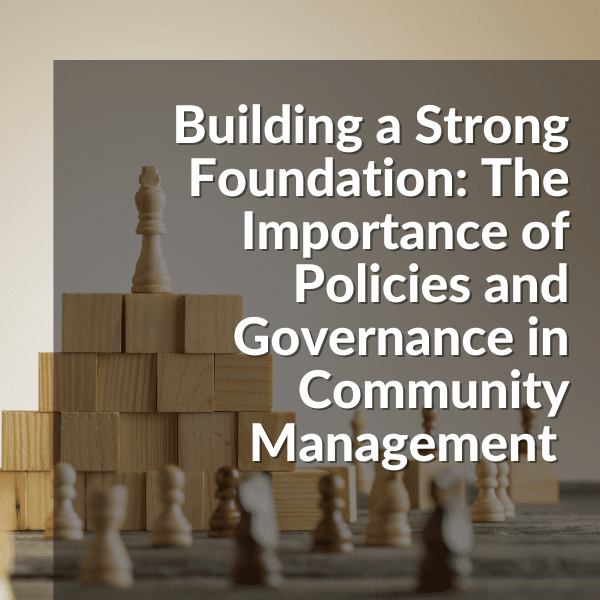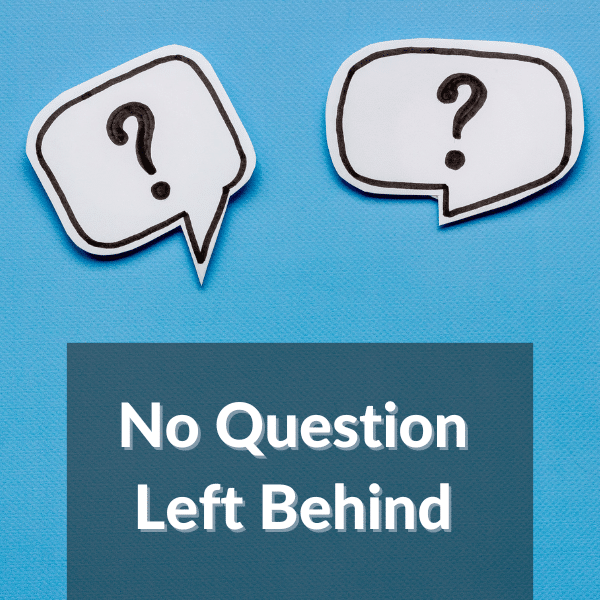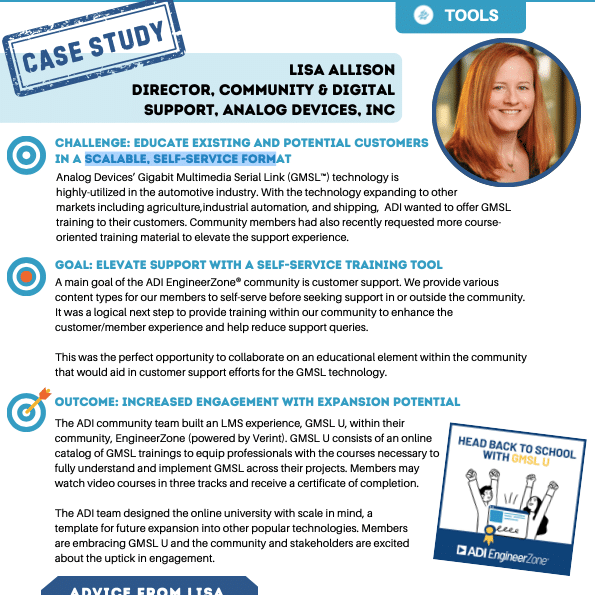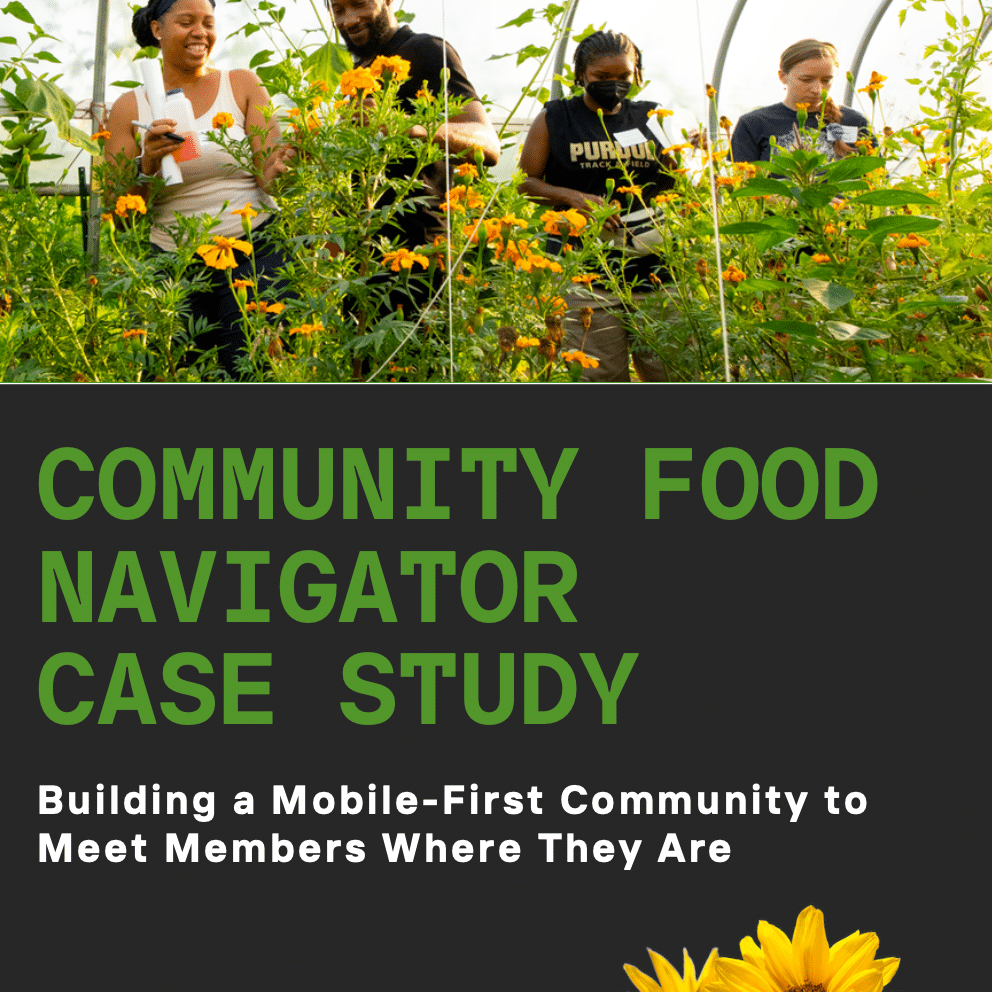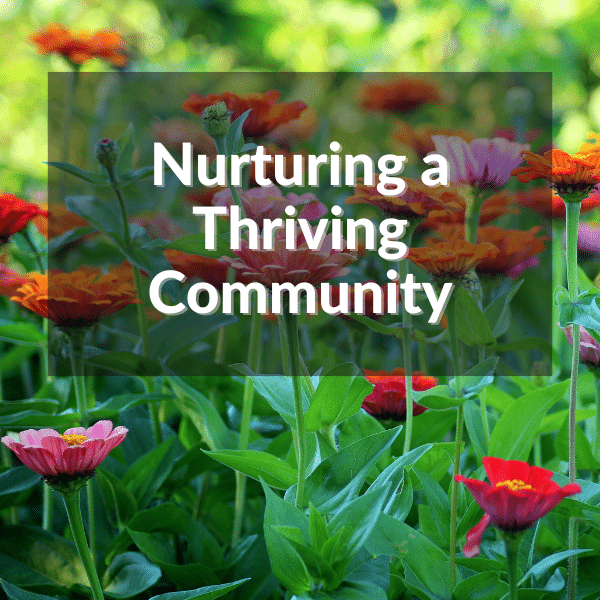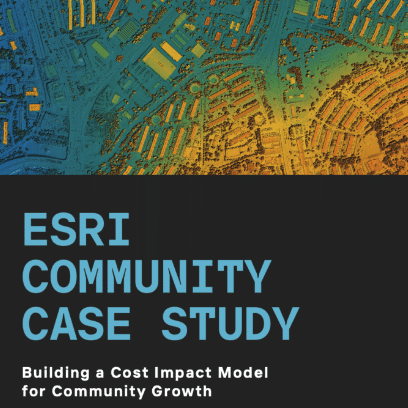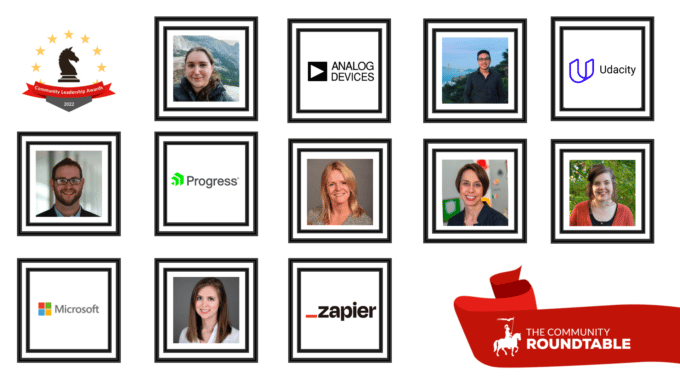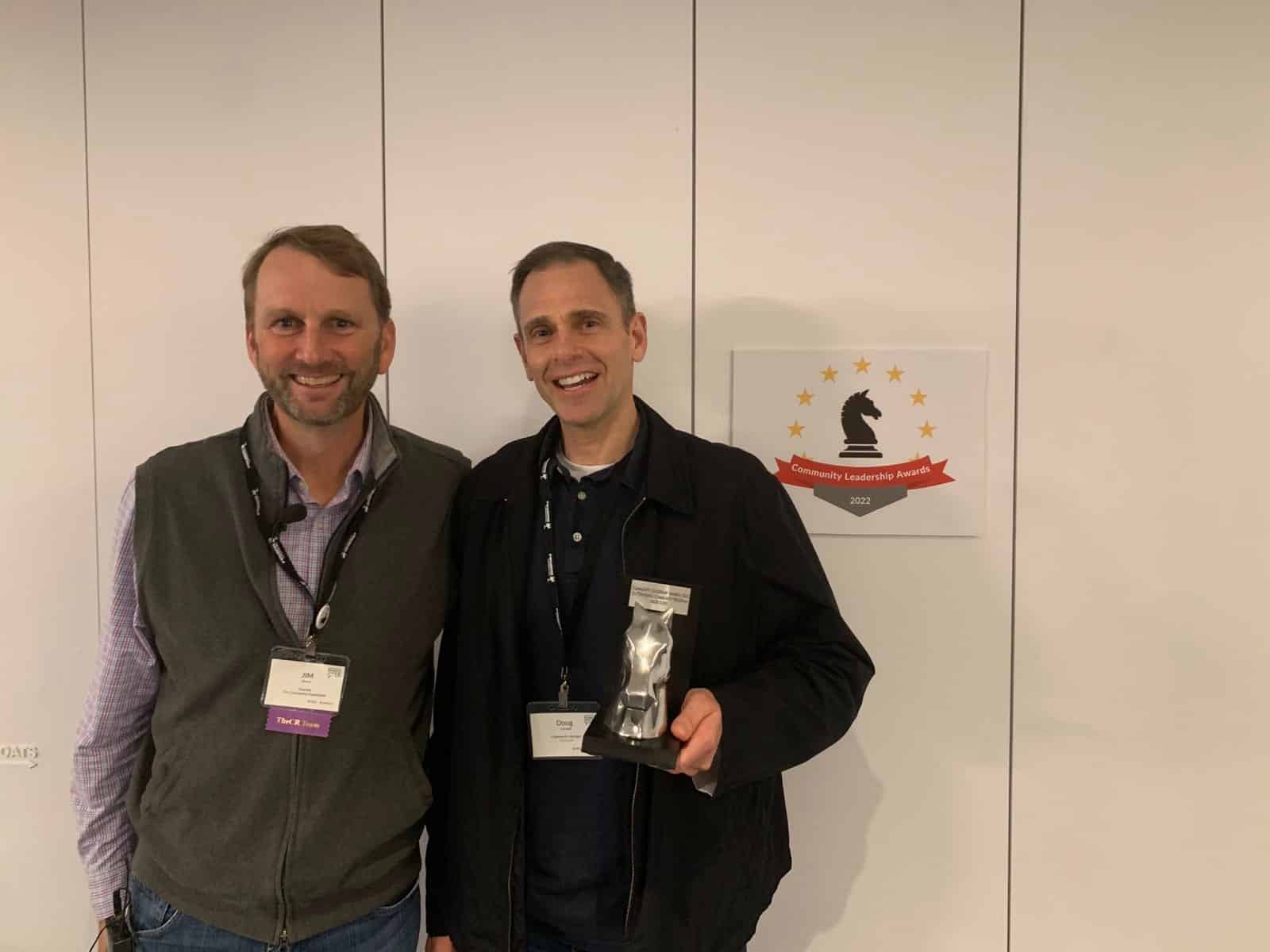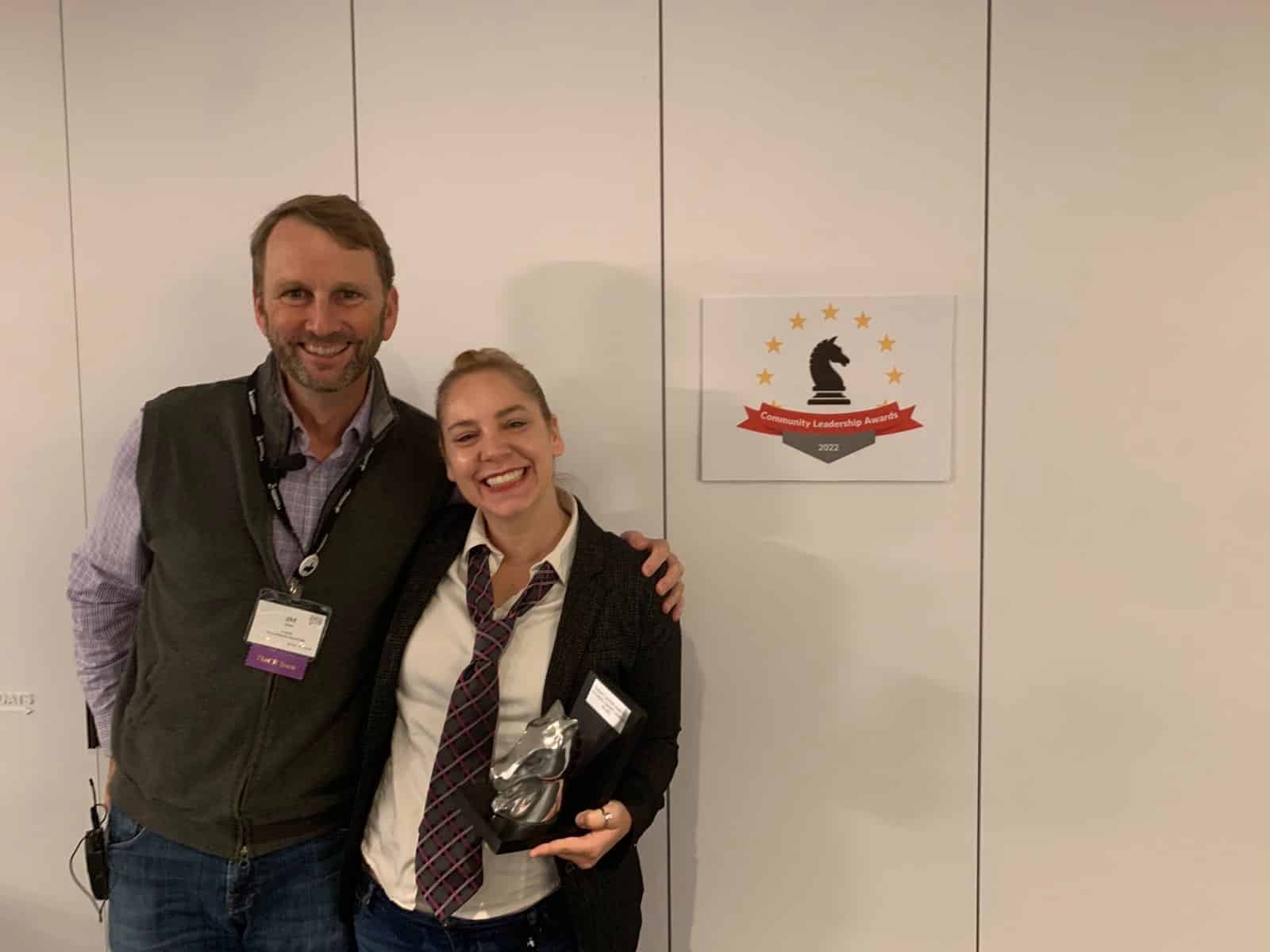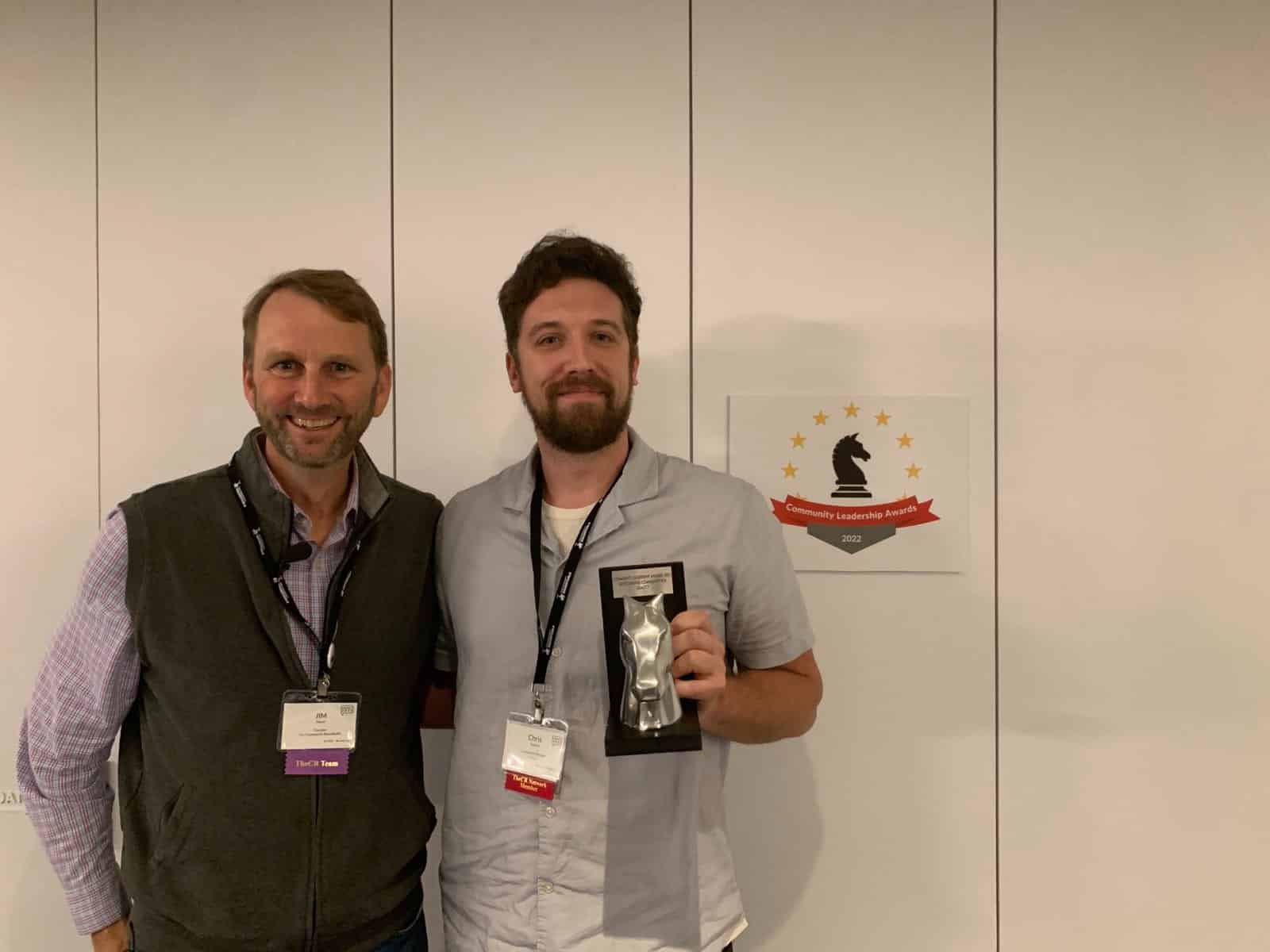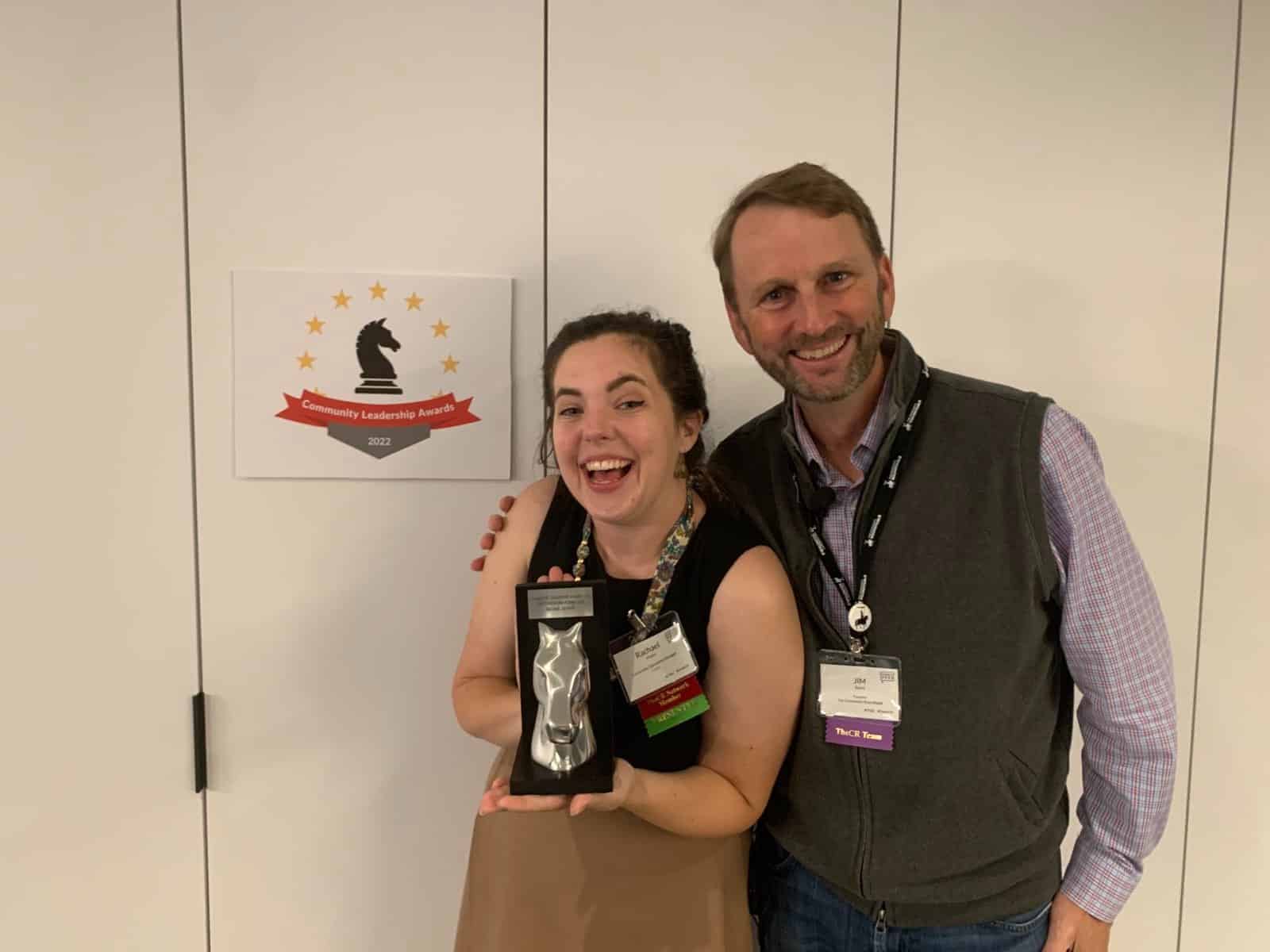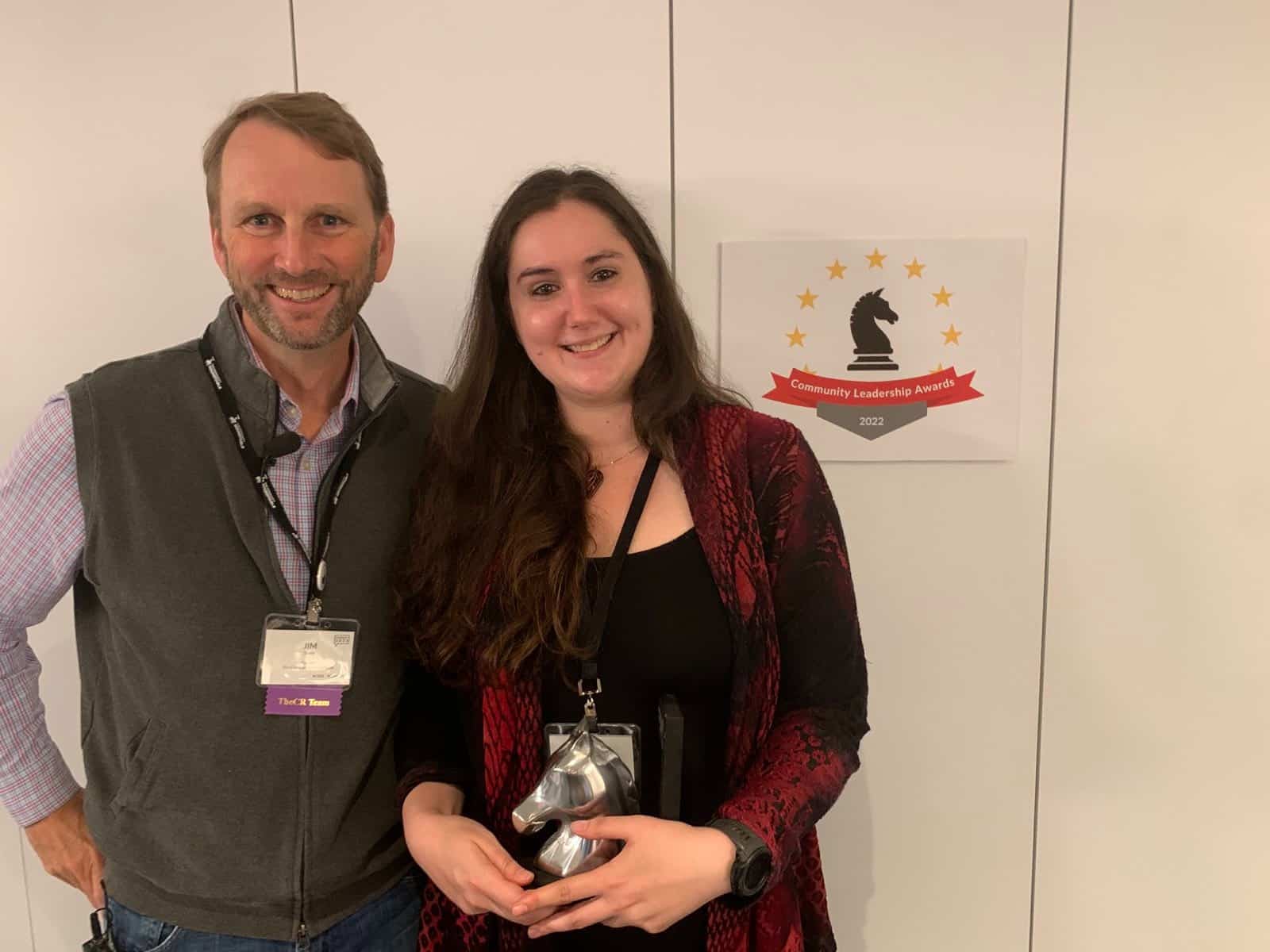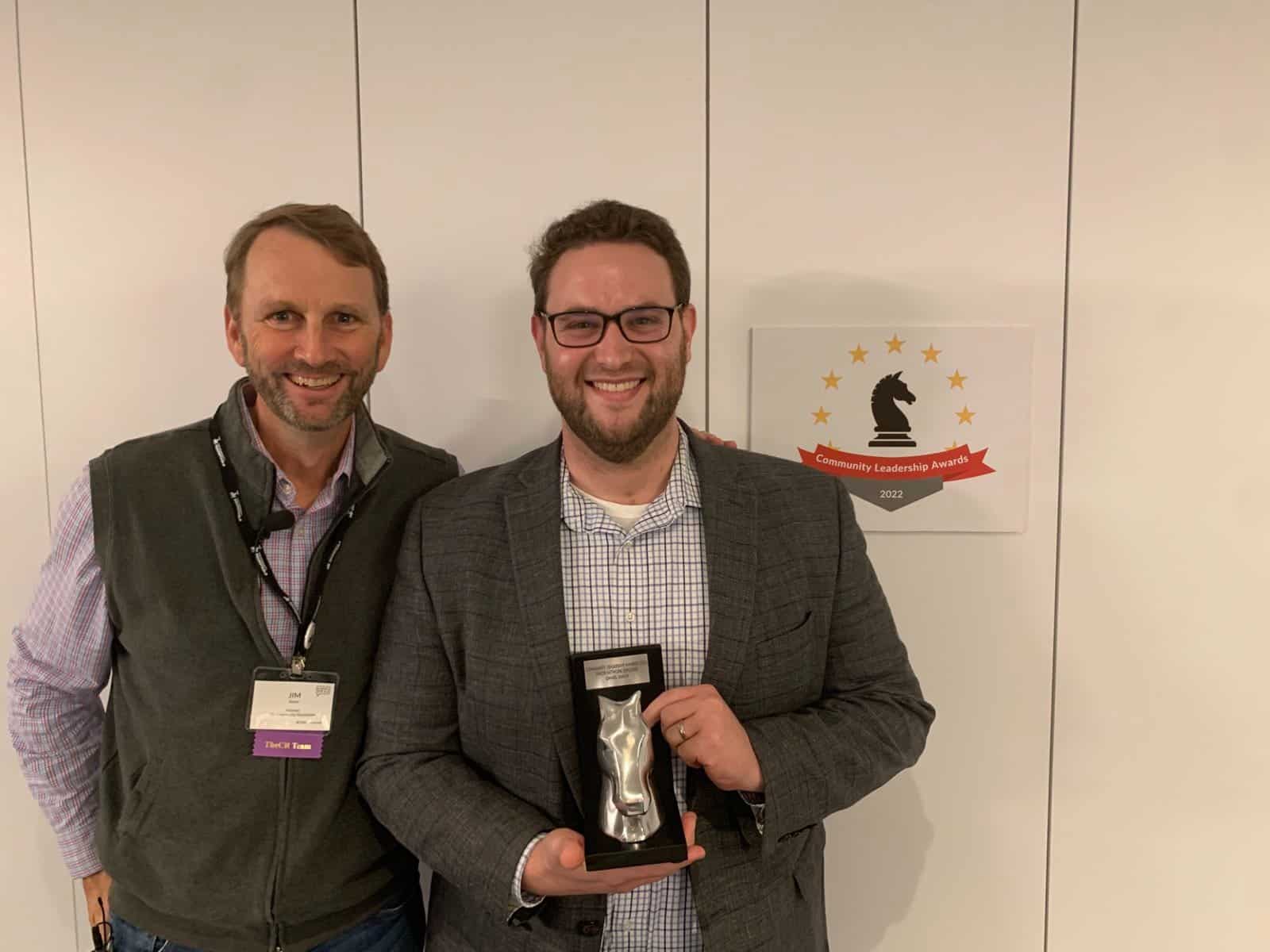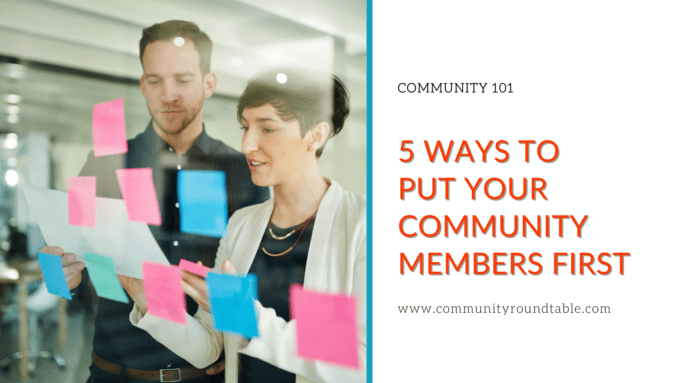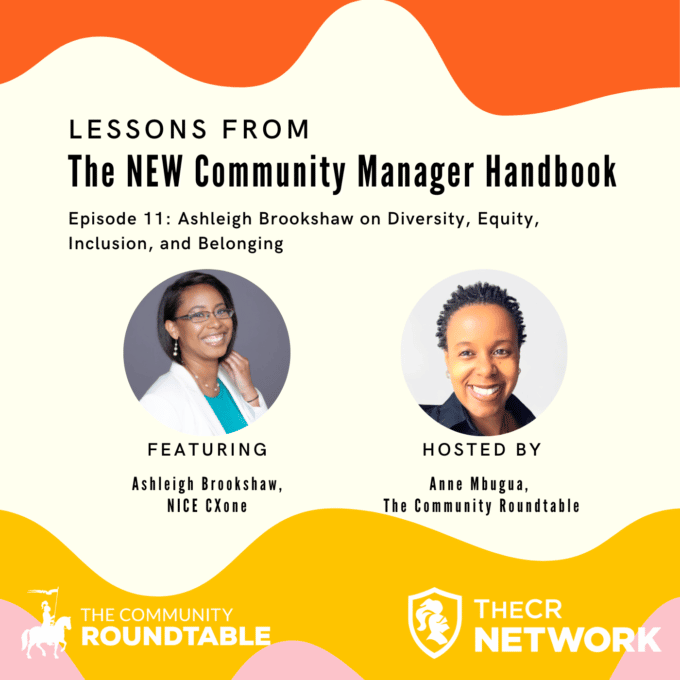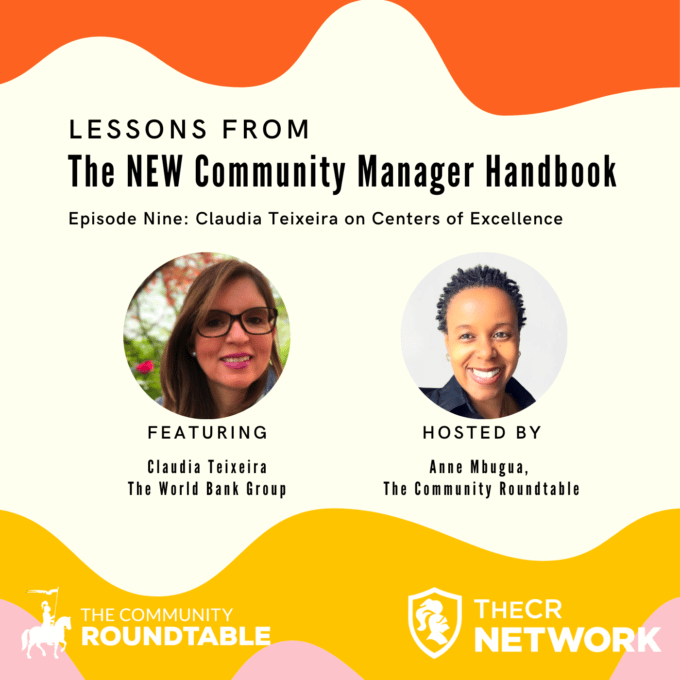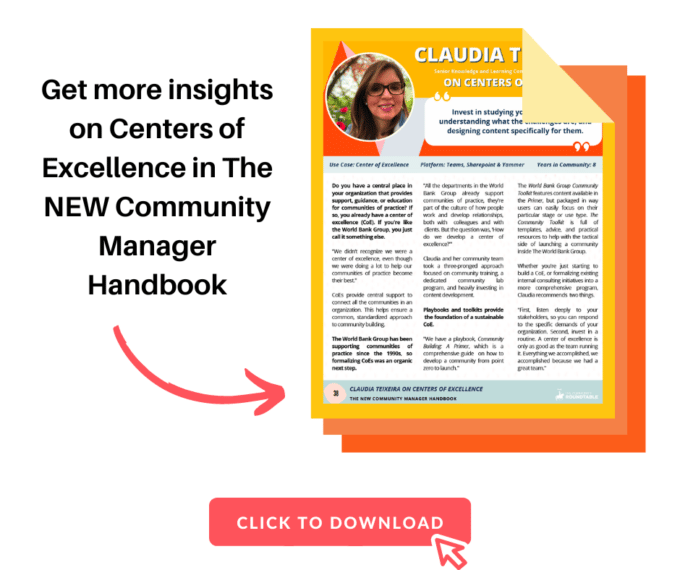By Alex Blanton, Principal Community Program Manager, Microsoft and member of The Network
This post is an excerpt from Alex’s article featured in the State of Community Management 2024 report. To read the full article download the free report here.
It’s now been almost two years since ChatGPT launched in November 2022, capturing people’s imaginations — and injecting enormous energy into the community I manage: Microsoft’s internal Artificial Intelligence & Machine Learning Community, which has nearly tripled in size in those two years.
This two-year mark is a good time to reflect on how I use AI in my work as a community manager. Even though I manage a highly technical community, I have a background in learning and development and am not a data scientist or a software engineer. I rarely find myself experimenting with technology for fun in my free time, I am interested in technology that can help me do my job better and more efficiently, ideally with a minimum investment of time and trouble.

Here is how I use AI in the flow of my job, cautions I have for those who choose to adopt it, and potential use cases I see in the future, but aren’t yet ready for our community. A caveat – I work at Microsoft, so my examples mostly involve using Microsoft technology, but most of the examples could be accomplished with other technologies.
AI Today
Synthesizing. In early 2023, one of the most eye-opening uses of generative AI came when we needed to craft a policy for our internal conference on whether and how conference submitters could use AI in writing their proposals. To draft the policy, I hosted a discussion in Microsoft Teams with our conference program committee. We recorded the session and afterwards I asked Teams Copilot to produce a policy based on the discussion. The result was really good! I made some small edits, ran it by the group again, and we published it.
Teams Copilot is also fantastic at producing meeting notes and assigning action items to participants. The first time I saw this in action (before it was widely released), I asked the person who distributed the action items if she had added that section to the meeting notes, and I was amazed when she told me that in fact Copilot had accurately identified not just the action items, but who to assign them to.
Teams Copilot is commonly used in our regular community calls. Often, after a call, a community member will instruct Teams Copilot to pull a list of all hyperlinks shared in a session out of the chat into a single list. This isn’t impossible for a human to do, but the AI can do it much faster. When we publish the recordings and slides for our sessions, we can include easily created AI-generated recaps.
Summarizing. We distribute surveys for our individual events and a yearly survey for our community. Now, with AI, we can summarize the survey verbatims, categorize them, and produce suggested actions. I still review the verbatims myself to make sure that the AI is not missing anything important, but using AI saves a lot of time in pulling everything together. Another way to use AI to summarize is to feed it longer articles you’ve written, and prompt it to produce Instagram-ready posts.
Drafting. When our community pivoted to focusing on generative AI in early 2023 our community members needed to learn a lot of new terms, such as hallucination, grounding, retrieval augmented generation, and chain-of- thought. We produced a terminology list, which I created by prompting Copilot to provide short, easy-to-understand definitions of these terms. Where I could validate the resulting definition myself, I did; and when I couldn’t validate, I found an expert who could.
The community program that our community reports into has integrated suggested prompts into templates they provide, such as the yearly strategy plan. In the Retrospective section, this prompt is included for us to use to draft the section:
Copilot prompt: Create a retrospective for our community that highlights our key achievements, challenges we’ve overcome, lessons learned, and areas for improvement based on our activities in the past year. The community is focused on [TOPIC]. Ask me questions until you have enough information to create a retrospective. Only ask one question at a time, wait for my answer, then ask your next question.
Using this prompt, then iterating with Copilot, we can write this section quickly while ensuring that it’s specific to our community.
Visuals. One of my community co-leads began experimenting with image-based AI models in 2023 and developed a visual identity for our community to use in collateral such as event announcements. Our “mascot” is a friendly- looking octopus who we have dubbed “Amelie.” A fun thing with Amelie is that because we are using generative AI to create images of her, we can iterate endlessly so that every announcement has a unique visual, but they all carry the same color scheme and overall look and feel.
Coding. At Microsoft’s annual Hackathon, our community sponsored a topic challenge: “AI Using Azure OpenAI.” One of my co-leads organizes this challenge, which attracts hundreds of entrants. He used Github Copilot to improve the Python code he runs that assigns entries to judges and creates the individualized Excel judging sheets that more than 200 judges will use. He knows how to code, but he’s also really busy, and using AI for this work saved him a lot of time.





